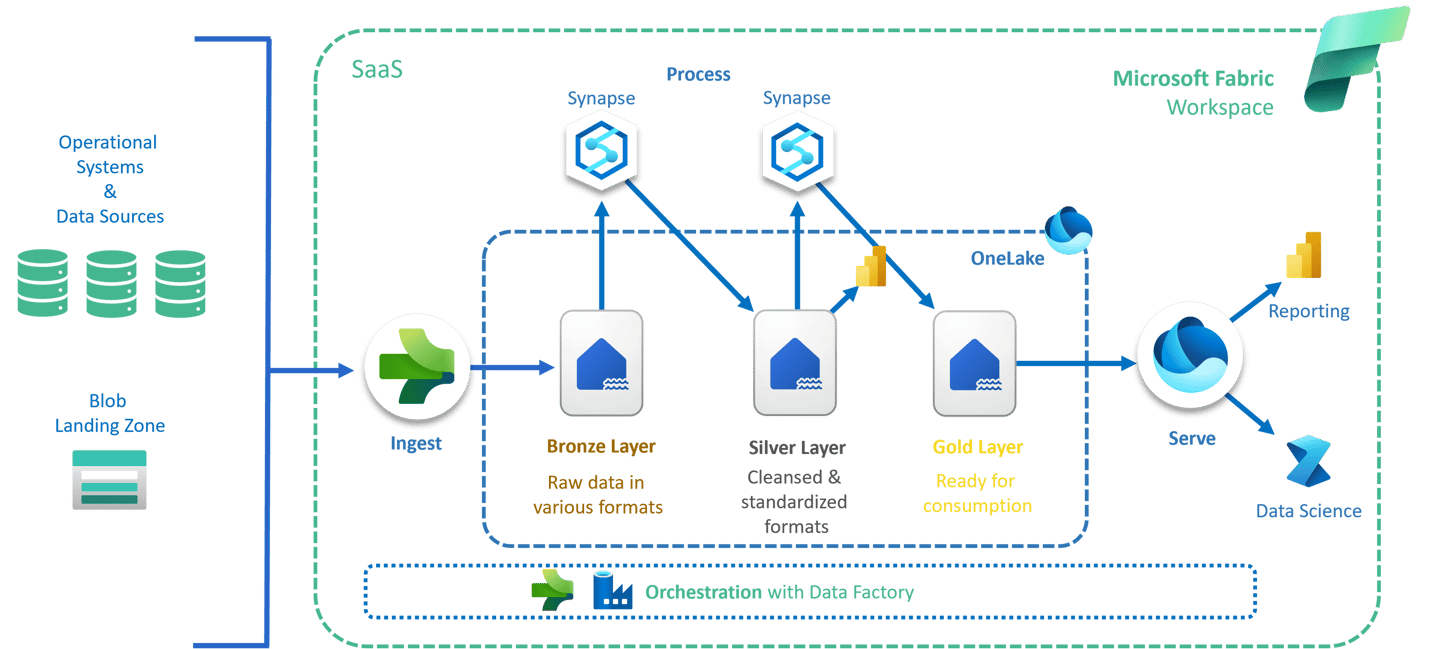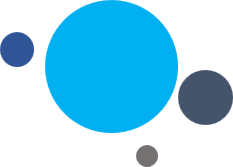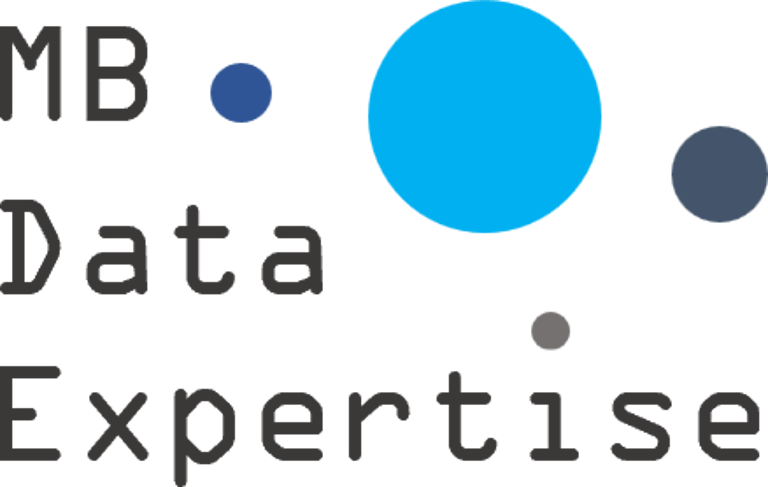Why Microsoft Fabric Is the Future of Enterprise Analytics
9/20/20252 min read
The way businesses handle data is changing. In the past, organizations relied on separate tools for data integration, storage, analysis, and reporting. This fragmented approach often led to inefficiencies, high costs, and conflicting insights. Today, companies demand a unified solution that can handle the entire data journey.
Microsoft Fabric has emerged as a groundbreaking platform that addresses these challenges head-on. By bringing together data engineering, data warehousing, real-time analytics, governance, and business intelligence in one place, Fabric is setting the stage for the future of enterprise analytics.
The Problems with Traditional Analytics Stacks
For many years, enterprise analytics required a patchwork of technologies:
A data warehouse or data lake for storage
ETL tools for integration
Separate systems for reporting and visualization
Governance layers added on top, often as an afterthought
This siloed environments created complexity, slowed down reporting, and left business users dependent on IT for answers. As data volumes grew, the limitations of these traditional stacks became more obvious.
What Makes Microsoft Fabric Different
Microsoft Fabric reimagines analytics by offering a single, end-to-end SaaS solution. Its key differentiator is integration—rather than forcing organizations to stitch together multiple platforms, Fabric combines them into one environment.
1. OneLake at the Core
At the heart of Fabric lies OneLake, a unified data lake designed to serve as a single source of truth for the entire organization. All data—structured or unstructured—lives in OneLake, accessible to every Fabric service.
2. Data Warehouse Reimagined
Fabric includes a cloud-native Data Warehouse that scales effortlessly and integrates directly with Power BI. This eliminates the need to duplicate data between storage and reporting, accelerating insights.
3. Power BI Integration
Since Power BI is embedded in Fabric, reporting and visualization are no longer separate steps. Business users can access dashboards and KPIs directly from governed datasets in OneLake.
4. Real-Time Analytics
With built-in streaming and real-time analytics capabilities, organizations can act on live data. From monitoring supply chains to tracking customer behavior, Fabric enables faster, smarter decisions.
5. Data Factory and Synapse
Fabric incorporates Data Factory for data integration and Synapse Data Engineering for large-scale processing. This means ETL pipelines, big data transformation, and advanced modeling all happen in one platform.
6. Governance and Security with Purview
Governance is not an add-on, it is built into Fabric. With Microsoft Purview integrated, organizations can catalog, secure, and manage data access consistently across all services.
Business Benefits of Microsoft Fabric
By unifying the entire analytics lifecycle, Microsoft Fabric delivers several key benefits:
Simplicity: Fewer tools to manage, lower complexity for IT.
Speed: Faster insights through real-time analytics and integrated services.
Consistency: A single source of truth through OneLake and governance policies.
Scalability: Cloud-native architecture that grows with business needs.
Empowerment: Business users gain direct access to data without constant IT involvement.
Why Fabric Represents the Future
Microsoft Fabric is more than just another analytics tool—it represents a shift in how organizations think about data. Instead of siloed technologies, Fabric provides one platform where data flows seamlessly from ingestion to insight.
This approach aligns with the growing need for agility, governance, and collaboration in modern enterprises. As companies face ever-larger datasets, more complex compliance requirements, and faster decision-making cycles, Microsoft Fabric is uniquely positioned to meet those demands.
Conclusion
The future of enterprise analytics lies in unified platforms that simplify complexity while delivering powerful capabilities. Microsoft Fabric embodies this vision by bringing together data storage, integration, processing, governance, and visualization in one ecosystem.
For organizations ready to move beyond fragmented analytics stacks, Fabric offers not just an upgrade, but a transformation. That is why Microsoft Fabric is the future of enterprise analytics.


MB Data Expertise
Transforming data into actionable
business intelligence solutions.
© 2025. All rights reserved.

